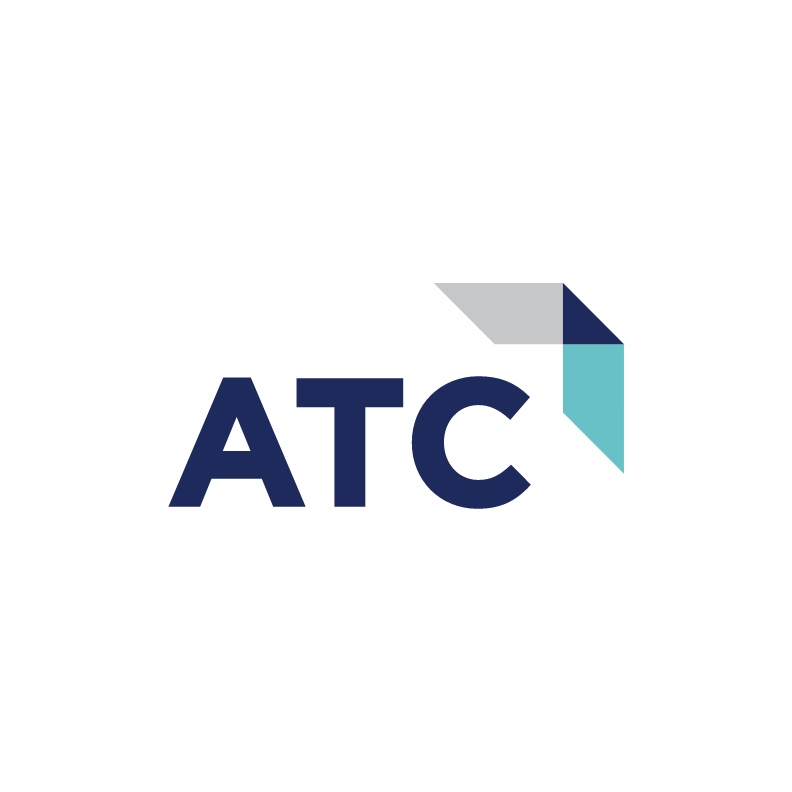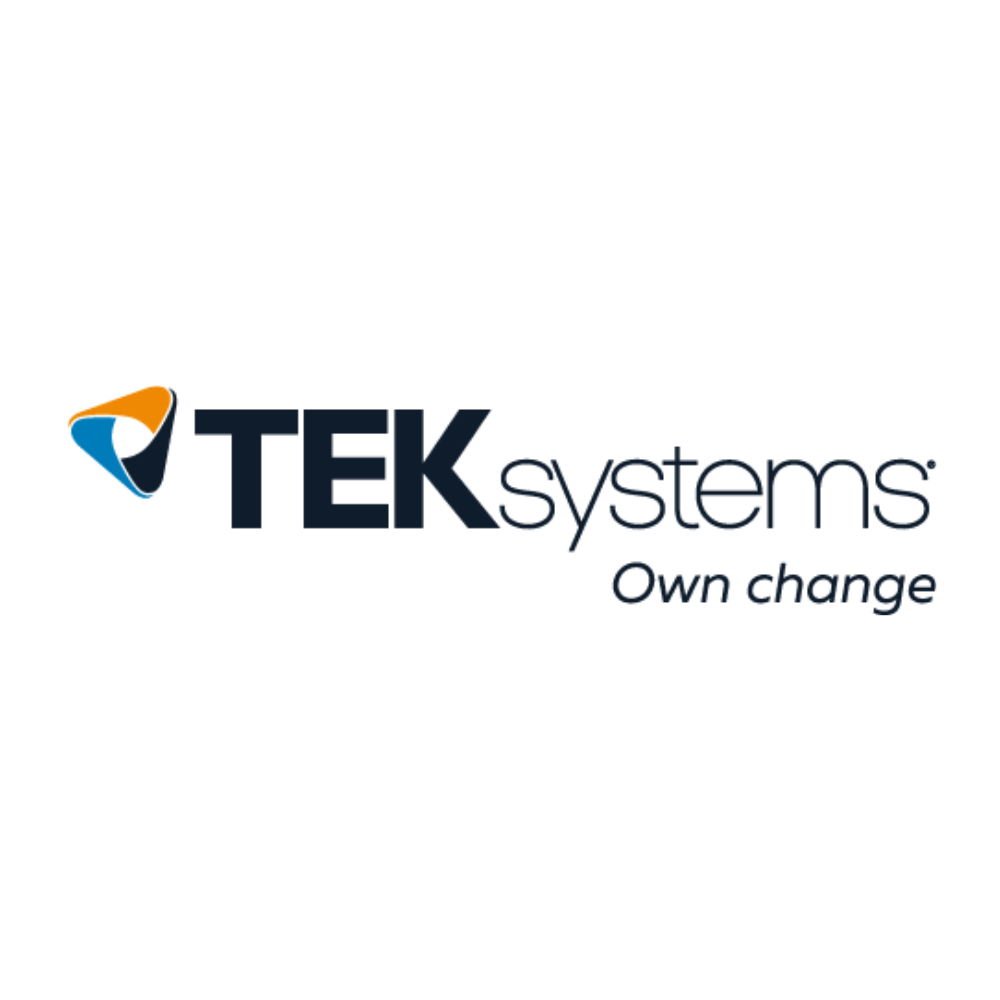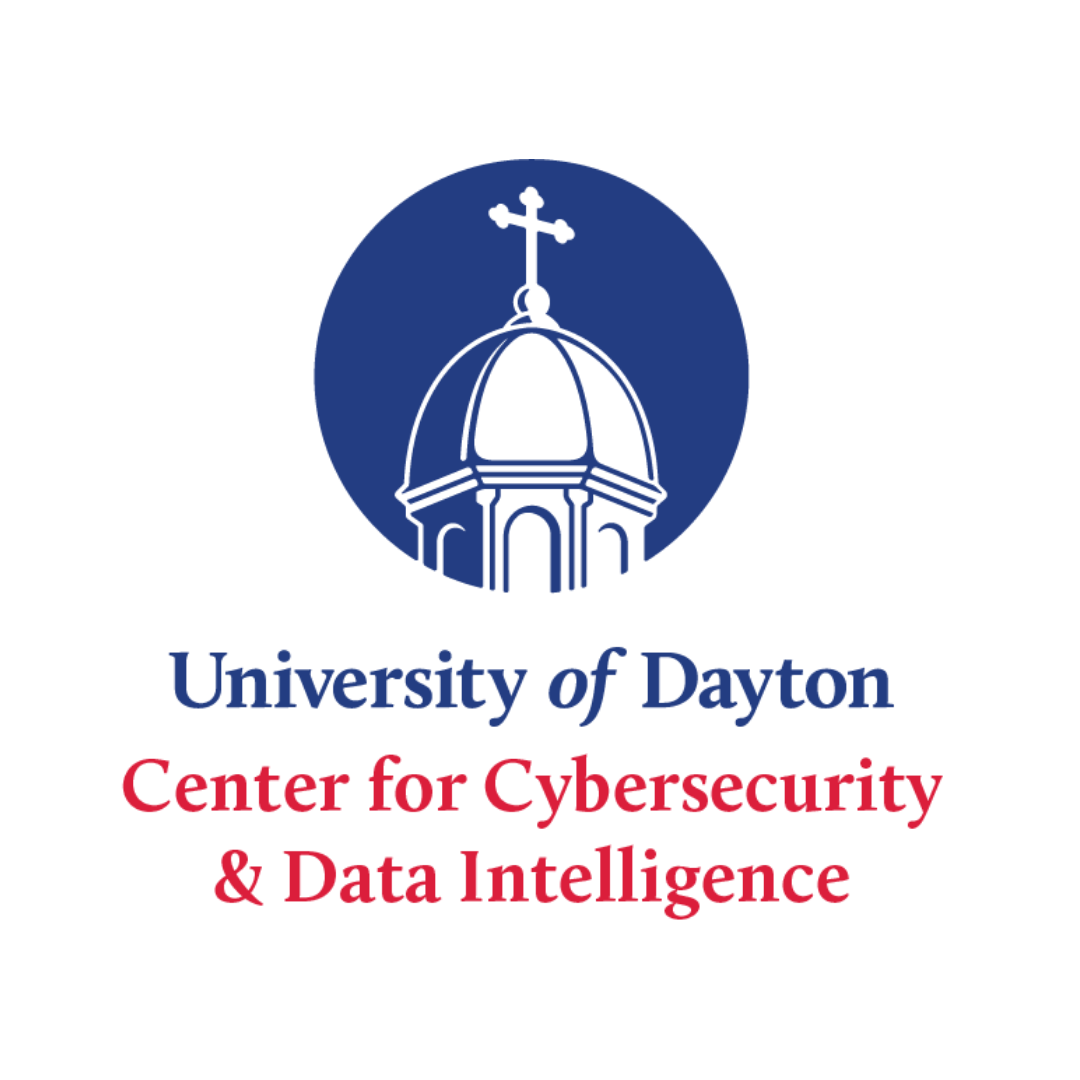Thomas Skill, Associate Provost & CIO, University of Dayton and Technology First Board of Directors
For more reasons than most of us are prepared to count, 2020 was a year we would like to forget. The struggles we faced with the global pandemic and the resulting personal and professional consequences of health-related protocols such as physical distancing forced major changes in the ways we work, learn, and gather. While none of us willingly signed up for this experience, there is a silver lining in the dark clouds of 2020 – and the IT industry should get some well-deserved credit for their contributions.
Imagine for a moment what this pandemic would have been like if we did not have the Internet, videoconferencing and online learning tools? Prior to the pandemic, just 3.4% of the US workforce were working remotely according to the US Bureau of the Census. In April 2020, 51% of US workers were remotely doing their jobs (according to a recent Gallup study). What is so very remarkable is not just the sheer numbers, but also the incredible speed of this transition! In many cases, this shift to remote working and teaching was almost an overnight event. For example, at the University of Dayton in March 2020, we moved over 3000 “on-premise” classes to “fully remote” in just 10 days – and that included training and supporting nearly 1000 faculty. These kinds of emergency transitions happened at schools and businesses across the nation.
Many popular media stories are touting this pandemic as the catalyst for incredible technological innovations. However, from an IT perspective, I would contend that the scaling of IT systems and the widespread adoption of remote engagement technologies are our most significant accomplishments. While not as important as the successful development of a vaccine, it does stand as a remarkable achievement in the social acceptance and diffusion of essential technologies. This pandemic has dramatically transformed the ways that we work and teach – and the speed at which we saw the rapid adoption of video conferencing tools will very likely become an important case study in the effective diffusion of an innovation.
This is not a simple circumstance where videoconferencing has finally found its purpose. We’ve had compelling use cases for this technology since it was introduced unsuccessfully in the early 1960s. What we are witnessing today is the convergence of several mature technologies: Widely available high-speed Internet, ease-to-use software platforms, and standards-driven end-user devices (smartphones, tablets and computers). However, perhaps the two most important drivers are the favorable “economics of access” for most users (we can afford to be online for hours at a time) and the ready availability of IT support to help us solve those frequent technical problems (where would we be without tech support?).
As we look to 2021, the IT community can take great pride in having provided one of the few bright spots during this pandemic. However, we must keep in mind that much work remains. Our heroic efforts were executed as “emergency solutions” to a crisis. Our rollout plans had many gaps in both security and equitable community access. We were pressed to rapidly deploy VDI, VPNs and other security tools that pushed us beyond our traditional security “comfort zones.” The genie of remote work is now out of the bottle and we will need to reconsider our practices for supporting this new home-based workforce. The other major consideration is the ongoing “digital divide.” While access to high-speed Internet and computing tools has expanded greatly in recent years, there are significant gaps in both urban and rural areas of the US that are leaving families behind. A recent Pew study reported that a significant number of families earning less than $30,000 annually do not have access to a reliable computer or an Internet connection. A stunning 45% of those families had their children doing homework on a cellphone during the “study from home” days of the pandemic.
Exploring and promoting secure and broadly accessible solutions to these ongoing challenges are what the IT community in Dayton embraces through our work at Technology First. I’m looking forward to a post-pandemic 2021 when we can once again gather – and continue to collaborate – as we consider opportunities to support and grow IT in our community.














.png)


